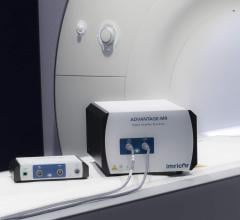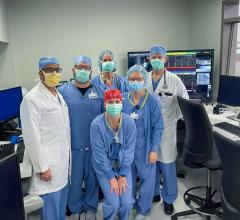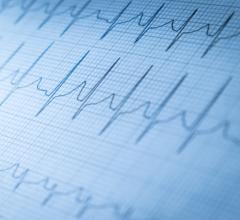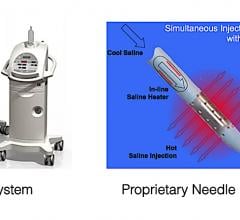September 2, 2010 – New research released this week is the first to find both anatomical and procedural considerations that can lead to the creation of esophageal ulcerations (ESUL) after radiofrequency ablation of atrial fibrillation (AF). According to a study published in the September issue of the HeartRhythm Journal, the official journal of the Heart Rhythm Society, patients at high risk for esophageal injury can be identified based on pre-acquired multi-slice computed tomography. The study is the largest to provide serial endoscopy data on the esophagus after radiofrequency ablation.
The study population consisted of 275 patients admitted to the Elisabethinen University Teaching Hospital Linz for pulmonary vein (PV) isolation from September 2007 to June 2009. A standardized ablation approach using a 25-W energy maximum at the posterior left atrial (LA) wall without esophagus visualization, temperature monitoring or intracardiac ultrasound was performed. All patients were screened for evidence of the development of ESUL 24 hours after RFA. ESUL did not develop in any patient who had PV isolation alone.
Study analysis revealed that the greatest anatomical risk factor for the development of ESUL was a small LA-to-esophageal distance. Within the study population, the total risk of ulcers developing was 2.2 percent. Wall legions were classified as ESUL created by radiofrequency ablation by means of localization and endosonographic appearance. Anatomical factors included in the multivariate model were LA-to-esophageal distance, type of AF and additional LA linear lesions. LA-to-esophageal distance was the only independent predictor of the development of ESUL.
“It has been speculated that esophageal ulcerations can lead to atrioesophageal fistula, which is a rare but life-threatening complication of AF,” said lead author Martin Martinek, M.D., Public Hospital Elisabethinen, Academic Teaching Hospital of the University of Innsbruck and Graz in Austria. “Our study aimed to discover risk factors that can lead to injuries of the esophagus due to radiofrequency ablation. In doing so, we may better identify high-risk patients to determine the most appropriate course of action for RFA and its followup.”
For more information: www.heartrhythmjournal.com

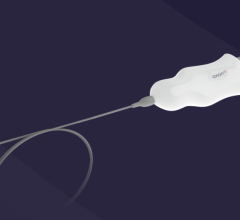
 October 10, 2023
October 10, 2023 

